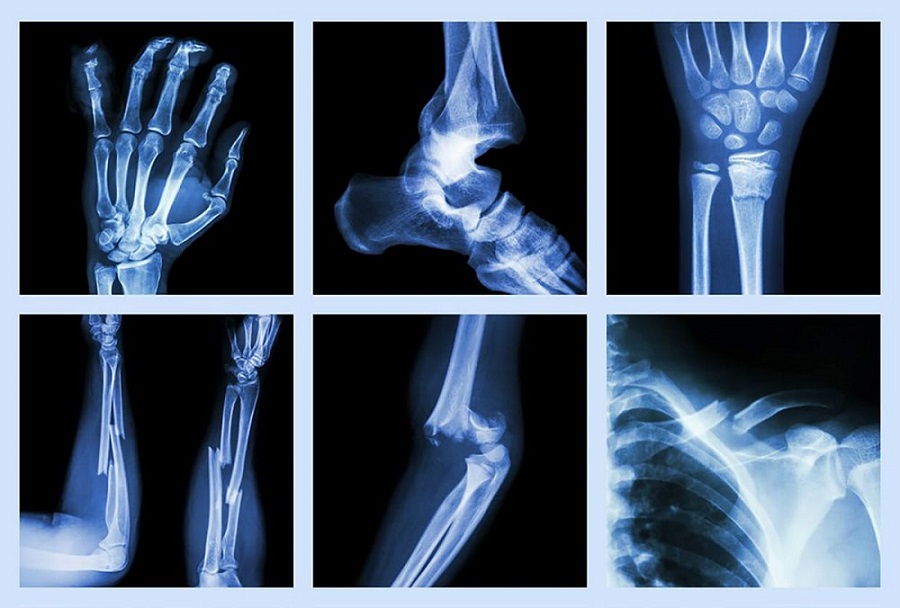SMALL JOINT SURGERIES
BEST SMALL JOINT REPLACEMENT SURGEON IN CHANDIGARH-DR. VIKAS MEHRA
If you’re searching for the best small joint replacement surgeon in Chandigarh, your search ends here. Dr. Vikas Mehra is a leading orthopedic surgeon specializing in small joint replacements. He holds a Master’s degree in Orthopedic Surgery from the prestigious PGI Chandigarh and has further honed his skills with a fellowship in joint replacement surgery from North America. As a National Board Diplomate in Orthopedics with over 30 years of experience, Dr. Mehra offers unparalleled expertise. He is licensed to practice medicine in India and is dedicated to providing advanced, reliable, safe, and affordable small joint replacement surgery.

WHAT IS SMALL JOINT REPLACEMENT SURGERY?
Small joint replacement surgery involves removing the bone and structures that line the joint and replacing them with new components. When the articular cartilage wears out or is damaged, the bones no longer glide smoothly against one another and require this procedure. It could also result from the abnormal joint fluid.
The new components could be metal, plastic, or carbon-coated materials. They allow the joints to move without pain, increase their range of motion, and improve their appearance. Knuckle joints, finger joints, and wrist joints are frequently replaced.
SIGNS YOU MAY NEED SMALL JOINT REPLACEMENT SURGERY:
- Pain: This is the most common symptom of arthritis and other joint problems. The pain may be constant or it may come and go. It may be worse after activity or it may be present even at rest.
- Swelling: The joint may be swollen, red, and warm to the touch.
- Stiffness: The joint may be stiff, especially in the morning or after a period of inactivity.
- Loss of motion: You may not be able to move the joint as far as you used to be able to.
BENEFITS OF SMALL JOINT REPLACEMENT SURGERY:
This is for informational purposes only. For medical advice or diagnosis, consult a professional.
Small joint replacement surgery can offer a number of benefits, including:
- Pain relief: This is one of the most common reasons people have small joint replacement surgery. The surgery can help to relieve the pain caused by arthritis and other joint problems.
- Improved function: Small joint replacement surgery can help to improve the function of the joint. This can make it easier to do things like walk, bend, and lift.
- Increased range of motion: Small joint replacement surgery can help to increase the range of motion in the joint. This can make it easier to move the joint and do things that you could not do before.
- Improved quality of life: Small joint replacement surgery can help to improve your overall quality of life. This can make it easier to do the things you enjoy and to live a more active life.
WHAT CAUSES SMALL JOINT REPLACEMENT SURGERY?
Bones in a normal joint have a smooth surface on their ends made of a substance called articular cartilage that allows one bone to glide easily against another. A thin layer of fluid (synovial fluid) lubricates joints, acting similarly to oil in an engine to keep parts gliding smoothly. Problems arise when the articular cartilage wears out, is damaged, or the joint fluid is abnormal, and joints frequently become stiff and painful. This is arthritis, which this procedure may be able to treat.
Why Dr. Vikas Mehra is Small Joint Replacement Surgeon in Chandigarh?
Dr. Vikas Mehra is widely recognized as the best knee replacement surgeon in Chandigarh, and here’s why you should trust him for your knee surgery:
Expertise and Experience
He has done post-graduation (MS) from the prestigious PGI Chandigarh, Diplomate of National Board in Orthopedics, and fellowship in joint replacement from the top centers of North America.He carries over 30 years of experience.
Personalized Treatment
Developing individualized care about what it will take to resolve your situation completely or partially, he formulates a treatment plan that fits your circumstance.
Advanced Technology
Most of the procedures that Dr. Mehra performs are lavishly equipped with advanced technology and pin-point dexterity – minimal invasive procedures, therefore, causing little discomfort to the patient and much shorter recovery time.
Complete Care
What more is that from the time you set foot in the hospital, to the time you are discharged after perhaps surgery, Dr. Mehra and his team are fully involved in ensuring that the services run smoothly.
Global Expertise
Dr. Mehra has working experience in most of the developed nations renowned medical facilities thus facilitating assimilation of the best practices in healthcare in Kharar.
Positive Patient Outcomes
Dr. Vikas Mehra ensures positive outcomes with pain relief and improved mobility, offering personalized care for quick recovery.
If you’re looking for the best small joint replacement surgeon in Chandigarh, Dr. Vikas Mehra is the right choice to help you feel better and move without pain.
